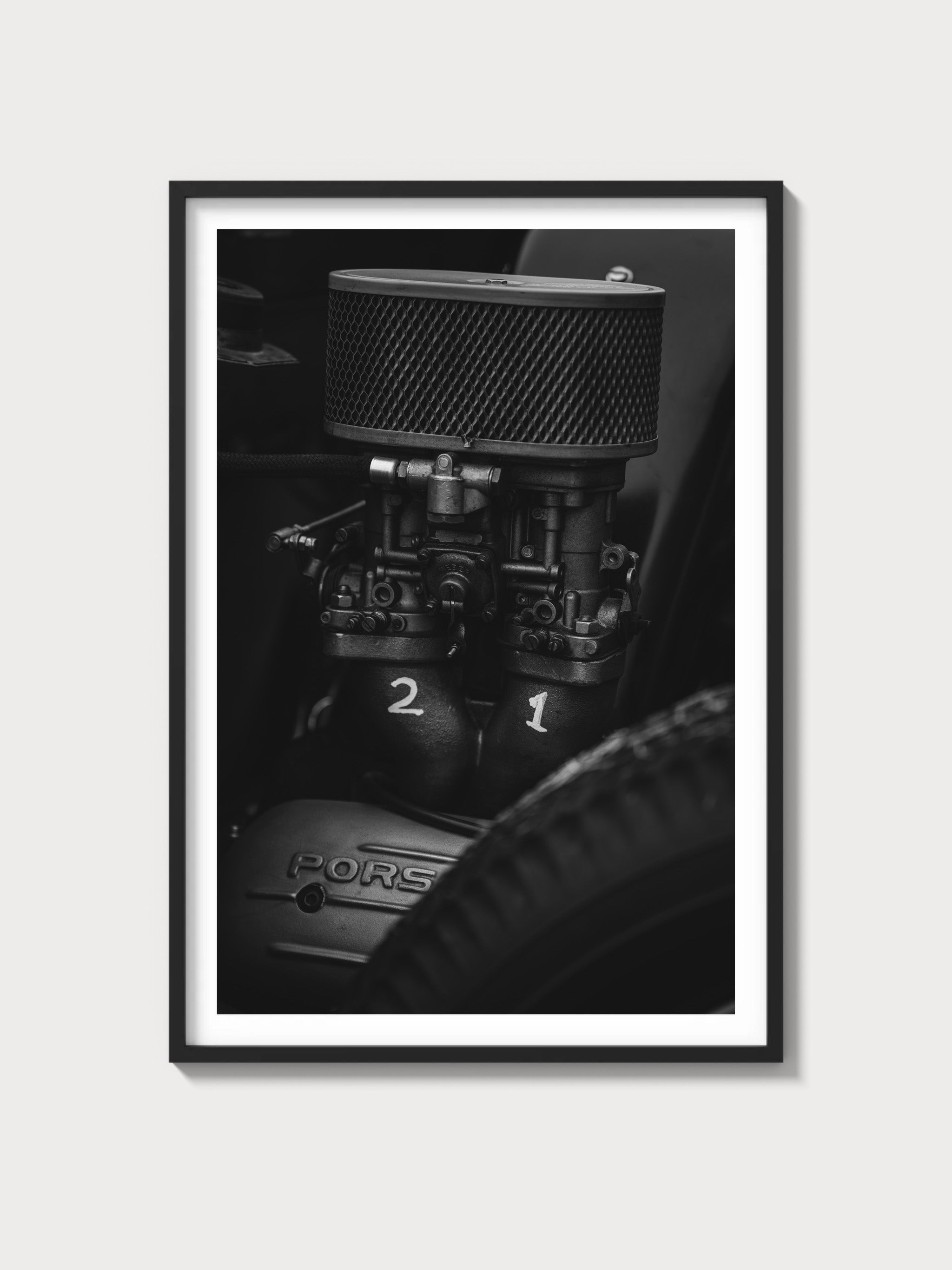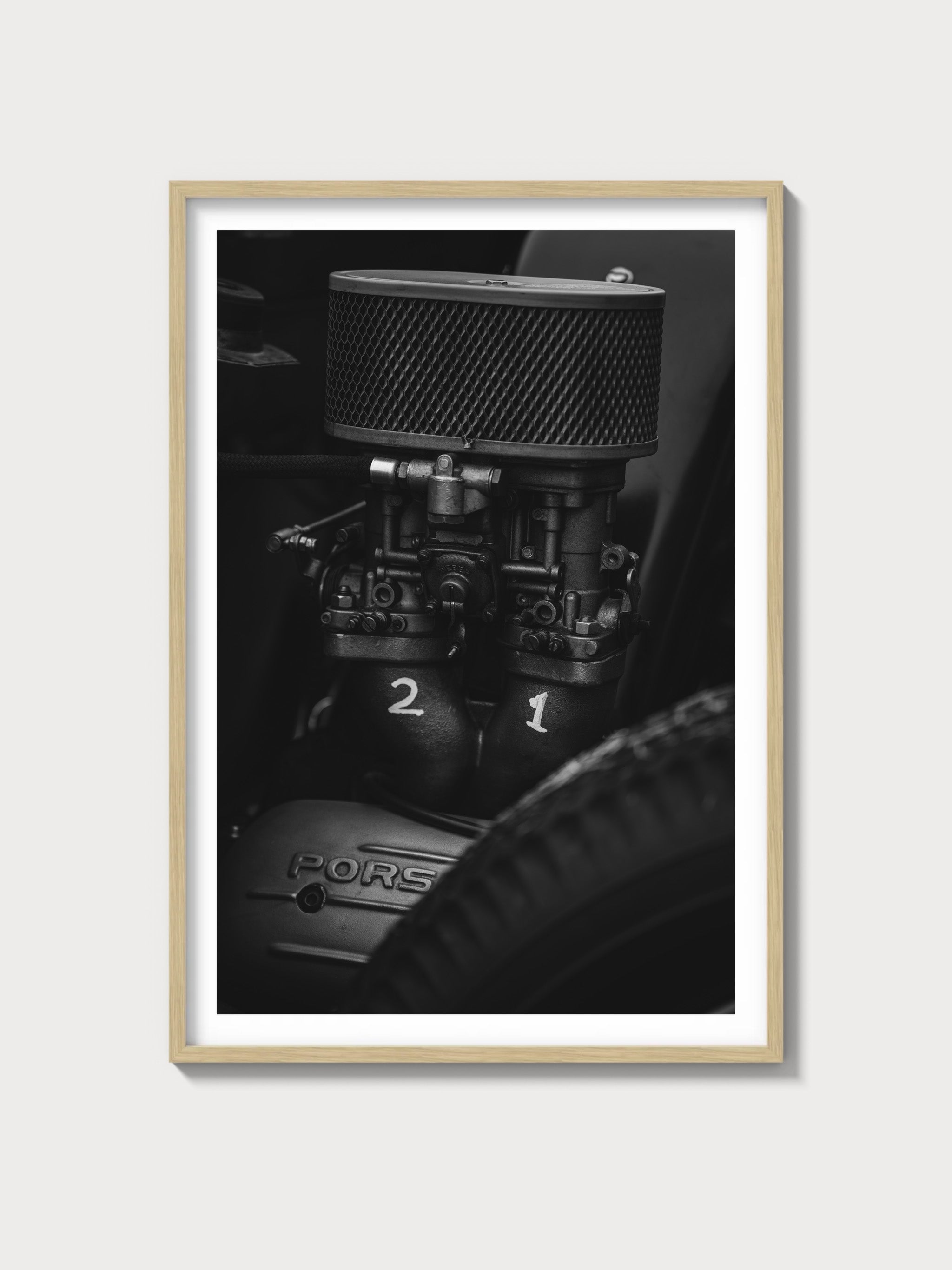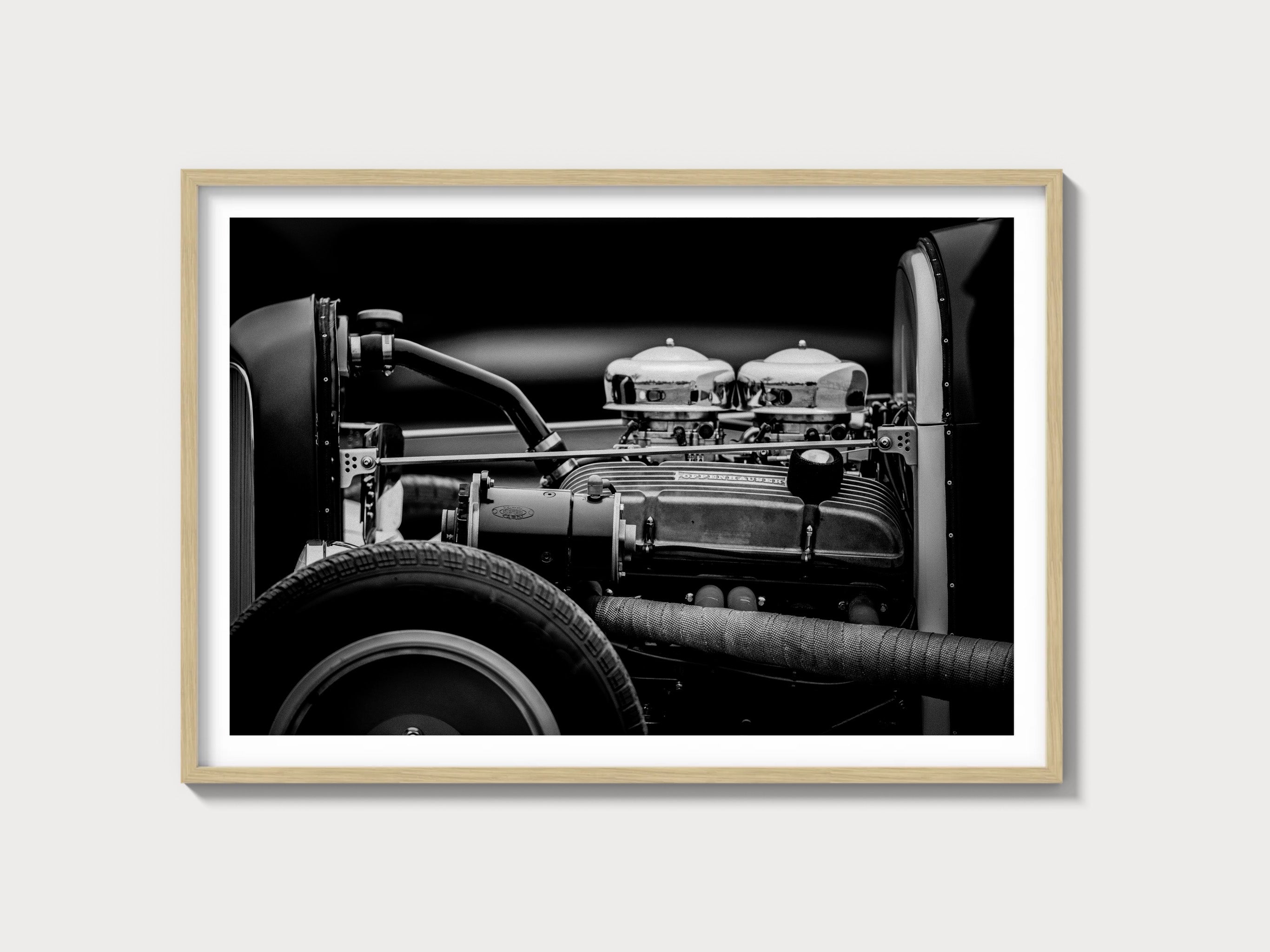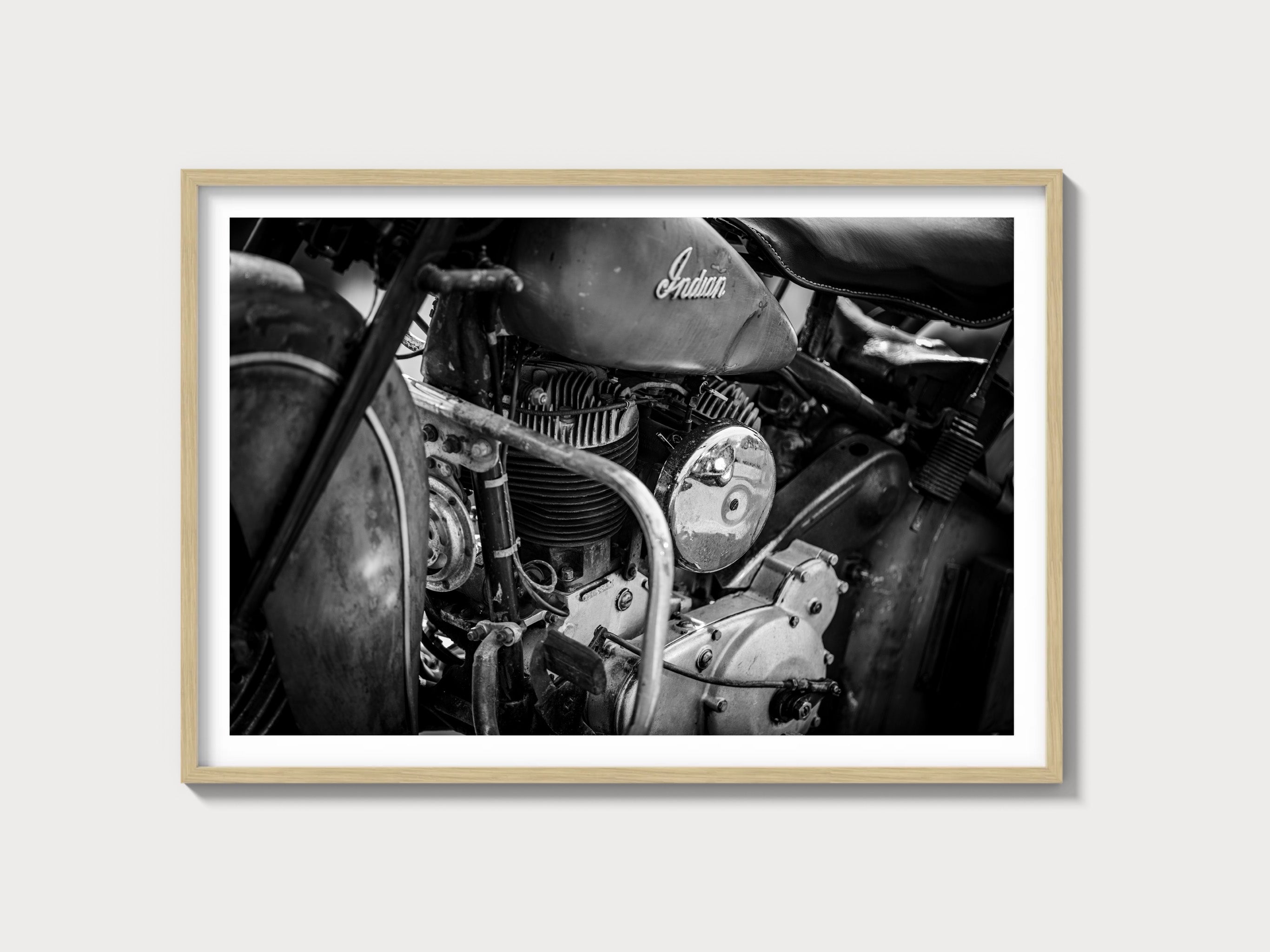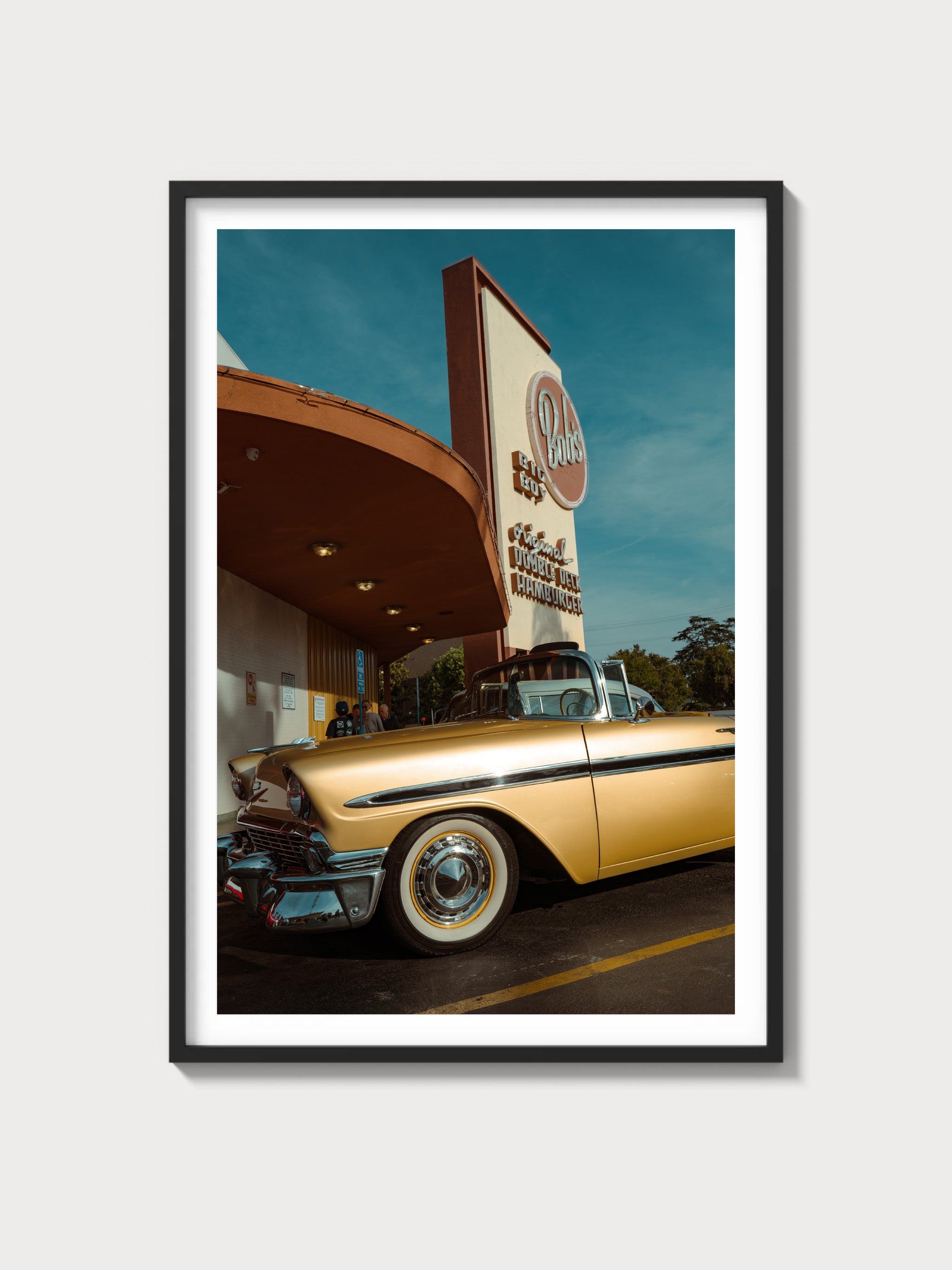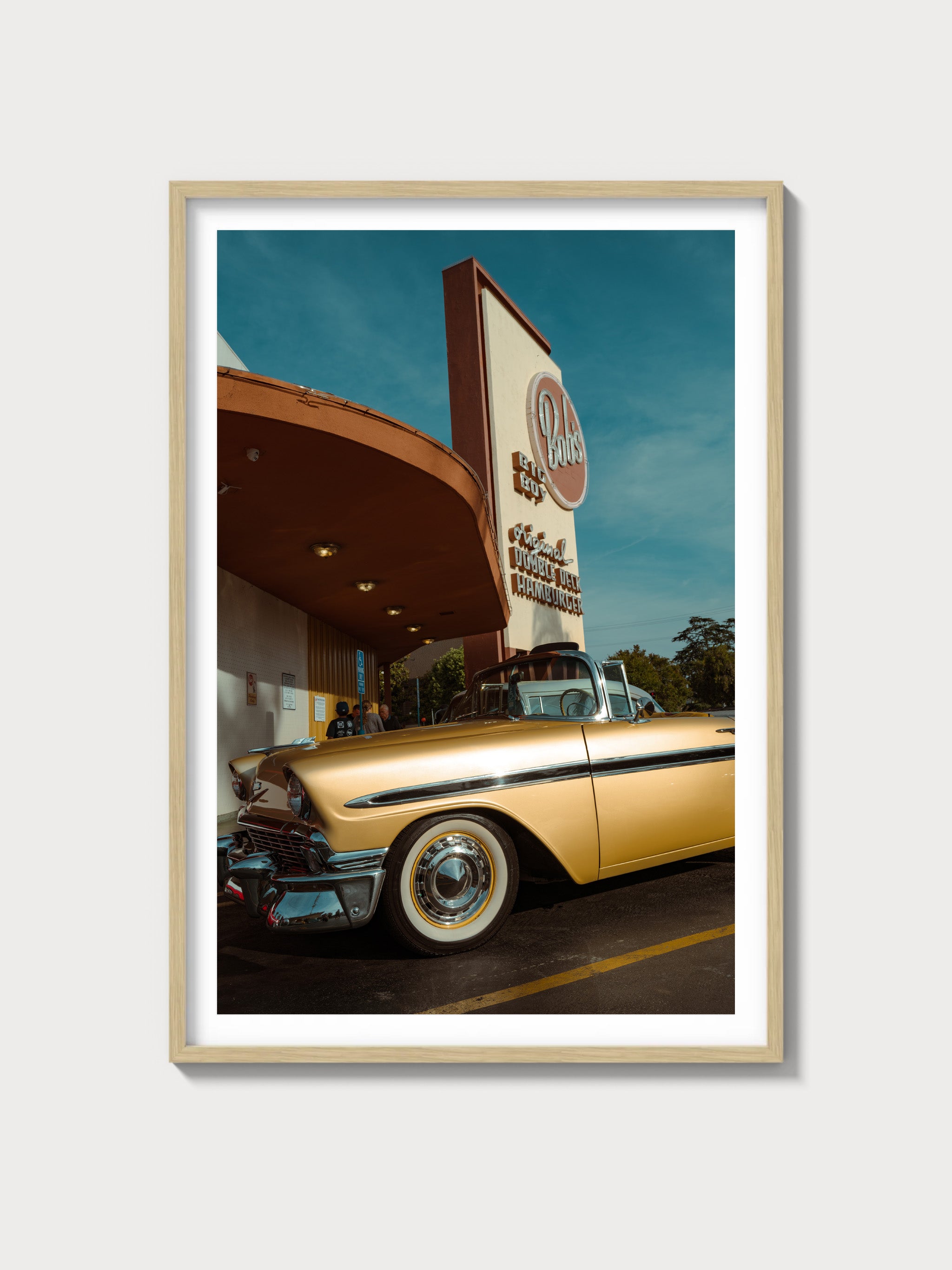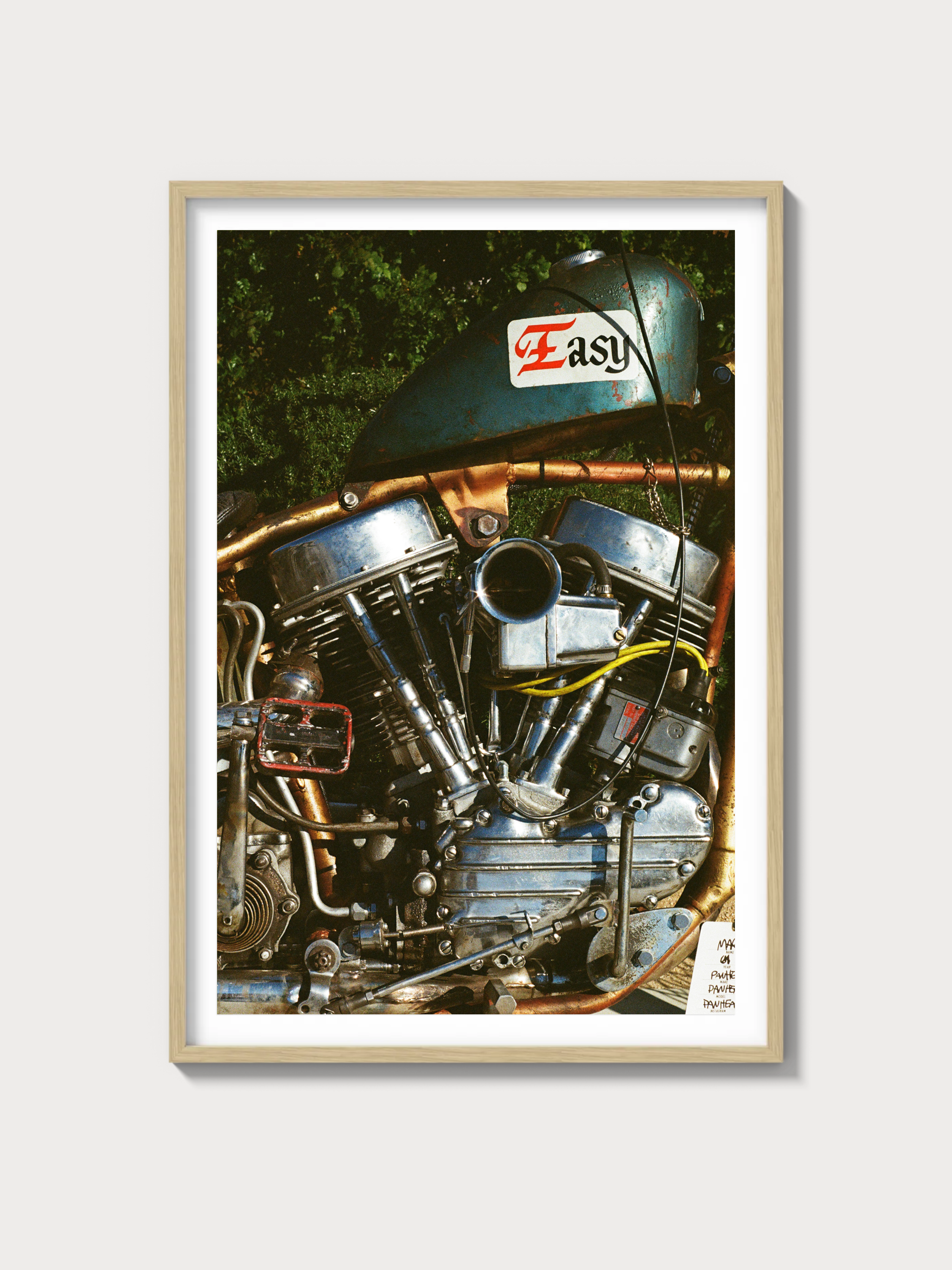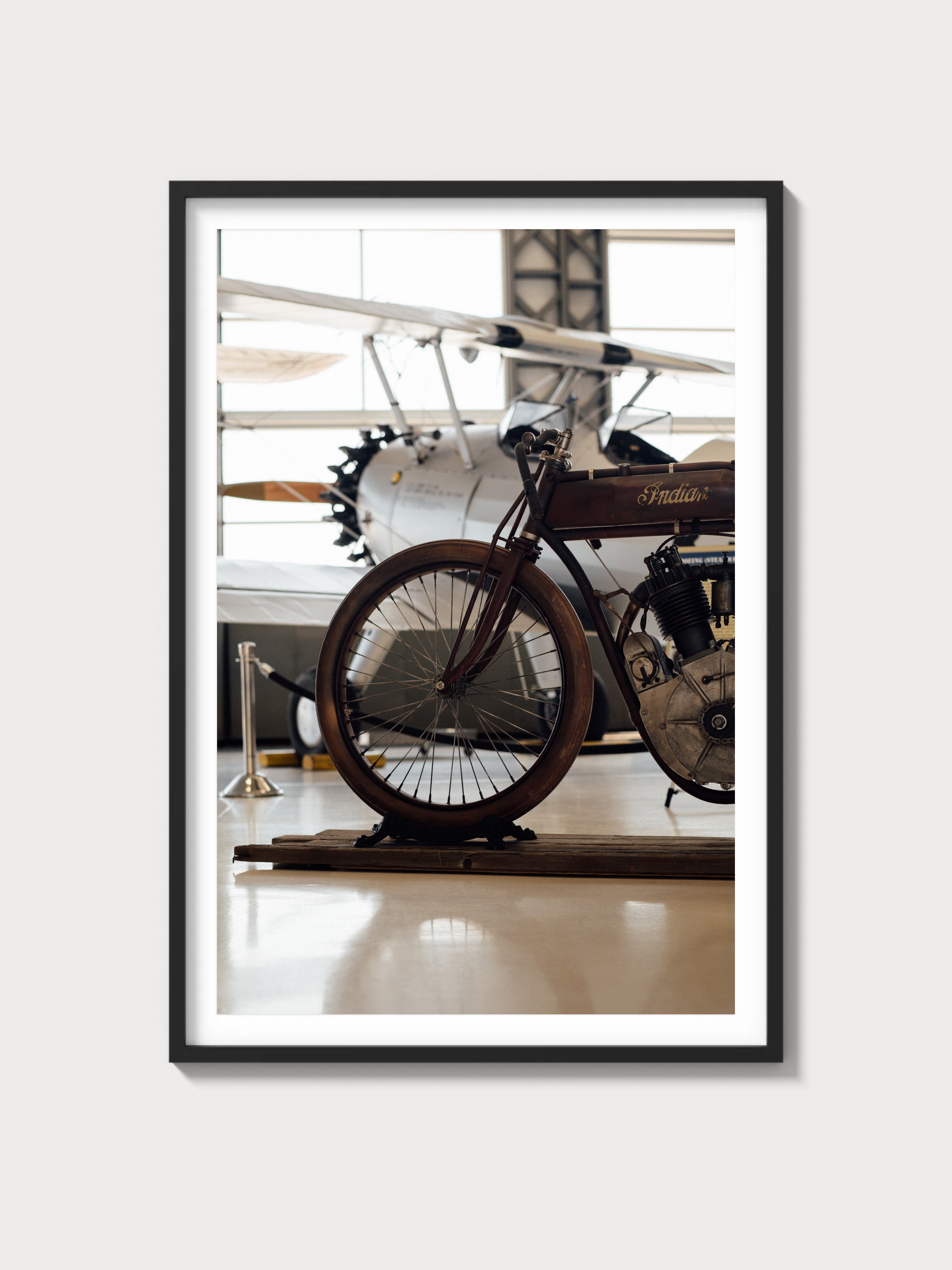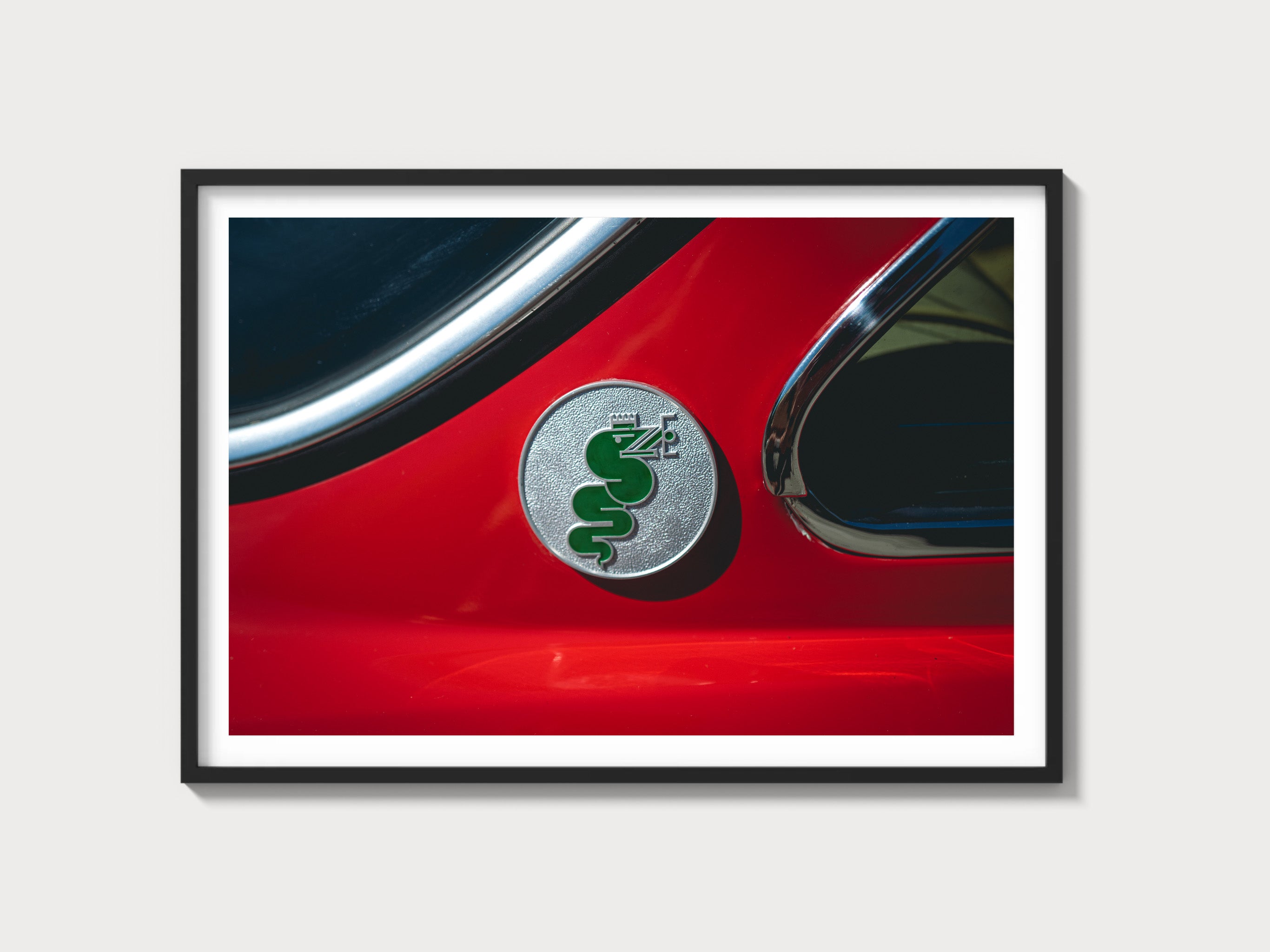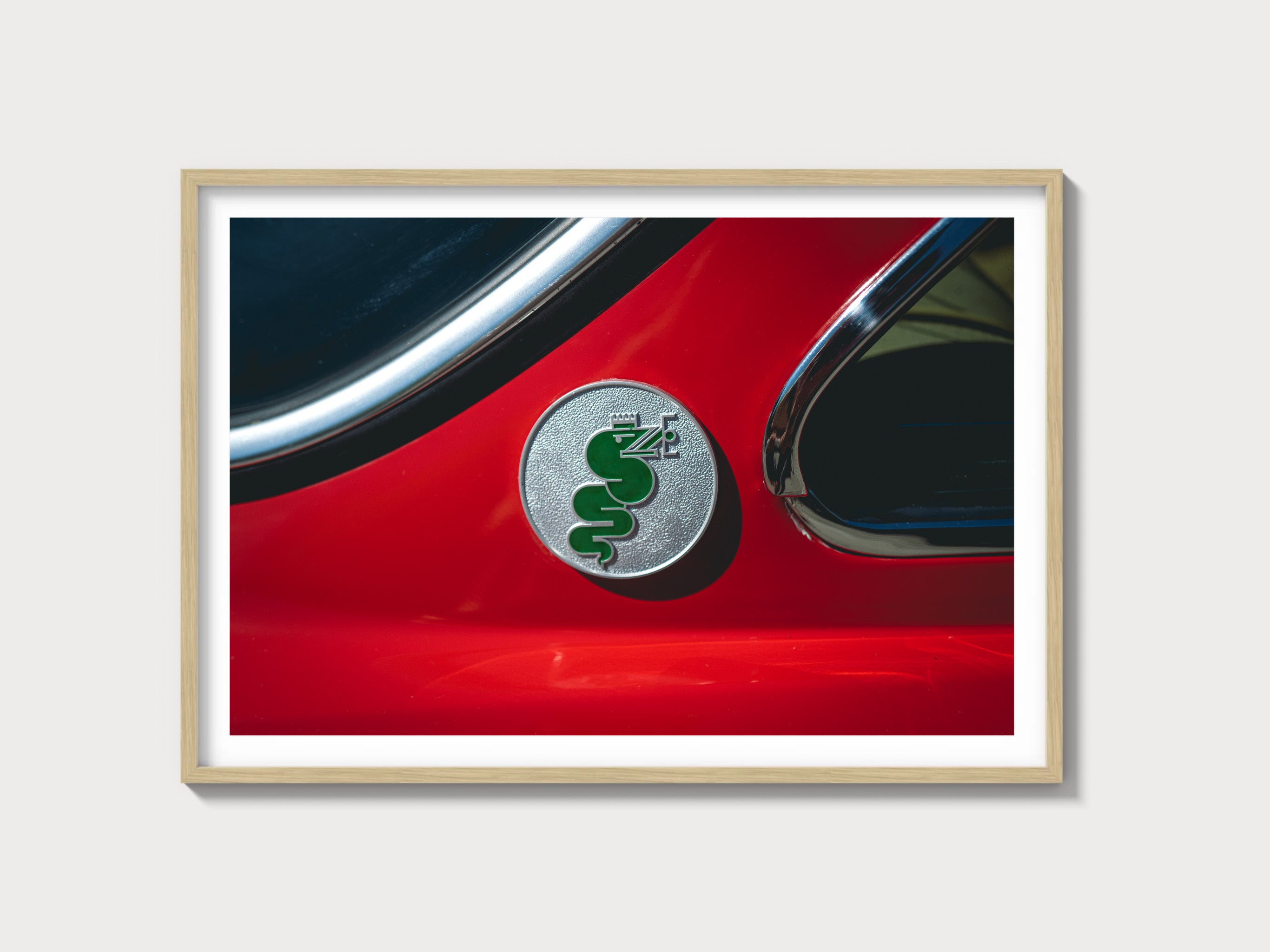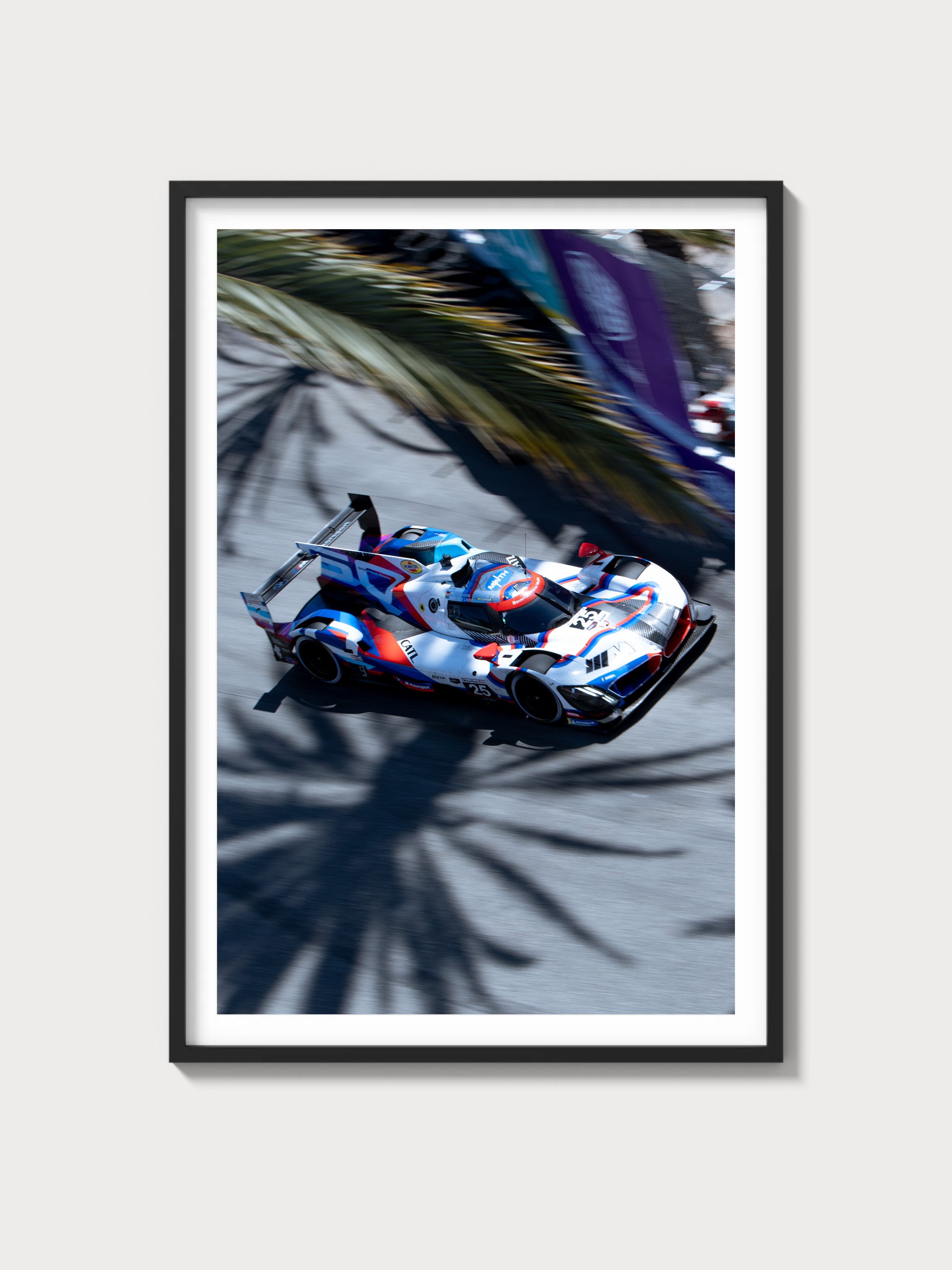Ferrari 330 GTC: The Definitive History, Specs, and Legacy
Introduction: Ferrari’s Elegant Two-Seater
In the celebrated evolution of Ferrari’s 330 series, the 330 GTC, introduced in 1966, emerges as a refined masterpiece—a two-seat grand tourer that fused the agility of the 275 GTB with the power of a 4.0-liter Colombo V12. With 592 units crafted by Pininfarina, this model bridged the gap between the sporty berlinettas and the luxurious 500 Superfast. Its sleek design and advanced engineering made it a standout in Ferrari’s GT lineage.
The year 1966 was a peak for Ferrari, its racing triumphs—250 GTO, 275 GTS—enhancing road car prestige. Unveiled at the 1966 Geneva Motor Show alongside the 330 GT 2+2 Series II, the 330 GTC captivated with its balance of style and performance. This exhaustive history, written with a Ferrari historian’s precision, explores its technical sophistication, its timeless design, its subtle racing ties, and its enduring legacy.
Historical Context: Ferrari’s GT Refinement
The Ferrari 330 GTC emerged during a golden era for Maranello. By 1966, Ferrari’s racing legacy—330 GT 2+2’s practicality, GTO’s dominance—had elevated its stature, yet the demand for refined road cars surged. The 275 GTB’s success (1964-1968) set a benchmark for two-seaters, but its 3.3L V12 lacked the grunt some desired. The 330 GTC, with a larger 4.0L V12 and a chassis inspired by the 275, answered, offering a sophisticated GT for enthusiasts seeking power and elegance.
A total of 592 units were built (1966-1968)—all Pininfarina coupes with a fixed roof. Chassis 08765, the prototype, debuted at Geneva in March 1966, its flowing lines a testament to Pininfarina’s artistry. This was a car for discerning drivers—European aristocrats, American collectors—its production reflecting Ferrari’s ability to blend exclusivity with scale amid Italy’s 1960s economic surge.
The broader context of 1966 shaped its purpose. Europe’s GT market flourished—Porsche 911, Maserati Mistral—while America’s luxury segment grew. The 330 GTC bridged Ferrari’s racing heritage with grand touring finesse, its V12 tying it to the 400 Superamerica.
Technical Specifications: The Colombo V12’s Balanced Power
The Ferrari 330 GTC’s soul was its 4.0-liter Colombo V12—a versatile engine tuned for grand touring. Below, we dissect its engineering with historian’s rigor.
Engine: Colombo’s 4.0-Liter Refinement
Displacing 3,967 cc (bore 77 mm, stroke 71 mm), the 330 GTC’s V12 matched the 330 GT 2+2’s unit, an evolution of the 250’s design. With a single overhead camshaft per bank, an 8.8:1 compression ratio, and triple Weber 40 DFI/5 carburetors, it produced 300 horsepower at 6,600 rpm—matching the 330 GT 2+2 but with a lighter chassis. The aluminum block and heads, wet-sump lubrication, and 60-degree V-angle weighed 300 lbs, delivering 240 lb-ft of torque at 5,000 rpm.
This engine was a GT workhorse. Chassis 09437, a 1967 model, showcased its smooth delivery, balancing power with refinement.
Performance: Elegant Speed
The 330 GTC reached 157 mph (252 km/h)—verified by Autosport’s 1966 test—outpacing the 330 GT 2+2’s 152 mph due to its lighter build, with a 0-60 mph time of ~6.5 seconds. Its power-to-weight ratio (250 hp/ton) surpassed the 330 GT 2+2 (217 hp/ton), nearing the 275 GTB’s 255 hp/ton.
Chassis and Suspension: Dynamic Precision
The chassis was a tubular steel ladder frame, weighing 1,200 kg (2,646 lbs)—lighter than the 330 GT 2+2’s 1,380 kg due to its two-seat design. Its 2,400 mm wheelbase matched the 275 GTB, with fully independent suspension—double wishbones with coil springs front and rear—borrowed from the 275, offering sharper handling than the 330 GT 2+2’s live axle.
Transmission and Brakes: Smooth Control
A 5-speed manual gearbox—synchronized, rear-mounted—drove the rear wheels, its ratios (1st: 2.50, 5th: 0.90) favoring versatility. Braking relied on 14-inch Dunlop disc brakes, delivering 1.0g deceleration—a match for its agility.
| Specification | Details |
|---|---|
| Engine | 4.0L V12, 300 hp @ 6,600 rpm |
| Displacement | 3,967 cc (77 mm x 71 mm) |
| Top Speed | ~157 mph (252 km/h) |
| 0-60 mph | ~6.5 seconds |
| Weight | 1,200 kg (2,646 lbs) |
| Transmission | 5-speed manual, rear transaxle |
| Suspension (Front) | Double wishbone, coil springs |
| Suspension (Rear) | Double wishbone, coil springs |
| Brakes | Hydraulic discs, 14-inch |
Design and Styling: Pininfarina’s Timeless Grace
The Ferrari 330 GTC’s aesthetic was a pinnacle of elegance, crafted by Pininfarina.
Exterior: Sculpted Sophistication
Pininfarina built all 592 GTCs—chassis 08765 featured a low grille, rounded fenders, and a fastback roof, finished in Rosso Corsa. Its 2,400 mm wheelbase kept it compact, with steel bodies and aluminum hoods enhancing its sleek profile.
Interior: Refined Retreat
The cockpit was a driver’s haven: leather bucket seats (black or tan), a wood-rimmed steering wheel, and Veglia gauges—tachometer (7,500 rpm redline), speedometer, oil pressure. Bespoke touches—09437’s walnut accents—offered luxury akin to the 275 GTB, with a focus on two-seat intimacy.
Production and Variants: A GT Triumph
The Ferrari 330 GTC’s 592-unit run (1966-1968) was a production success—all Pininfarina coupes, with no major variants beyond minor trim updates. Chassis 08765 launched the series, while 11281 closed it, transitioning to the 365 GTC. Special-order lightweight models existed but were rare.
Performance and Racing Legacy: A GT with Subtle Prowess
The Ferrari 330 GTC racing history is understated, its grand touring focus primary. Chassis 09007, a lightweight special, took 2nd in class at the 1967 Targa Florio rally, its 310 hp and nimble chassis shining among privateers. Its true realm was the open road—Riviera, Pacific Coast—where its 157 mph top speed and balanced handling excelled.
Ownership and Market Value: A Classic Gem
The Ferrari 330 GTC value reflects its rarity and elegance. Early owners included Frank Sinatra (09437) and Italian nobility. Today, prices range $600,000-$850,000—chassis 08765 sold for $775,000 at RM Sotheby’s 2022. Restoration costs—V12 rebuilds at $120,000—highlight its allure.
Cultural Impact: Ferrari’s GT Sweet Spot
The 330 GTC refined Ferrari’s two-seater GT formula, its V12 and Pininfarina design influencing the 365 GTB/4 Daytona. In 1960s lore, it’s the car of stylish escapes, a bridge to Maranello’s modern GTs.
Comparisons: Ferrari 330 GTC vs Rivals
The Ferrari 330 GTC vs Porsche 911 pits 300 hp V12 against 130 hp flat-6—Ferrari led in power, Porsche in agility. The Maserati Mistral (265 hp) trailed in grunt but matched in style.
| Model | Engine | Power | Weight | Top Speed |
|---|---|---|---|---|
| Ferrari 330 GTC | 4.0L V12 | 300 hp | 1,200 kg | ~157 mph |
| Porsche 911 | 2.0L Flat-6 | 130 hp | 1,080 kg | ~131 mph |
| Maserati Mistral | 4.0L Straight-6 | 265 hp | 1,430 kg | ~145 mph |
Frequently Asked Questions
What was the Ferrari 330 GTC?
A 1966 4.0L V12 grand tourer.
How many were made?
592 units.
What engine powered it?
3,967 cc Colombo V12, 300 hp.
Did it race?
Rarely—Targa Florio 1967.
What’s its value?
$600,000-$850,000.




